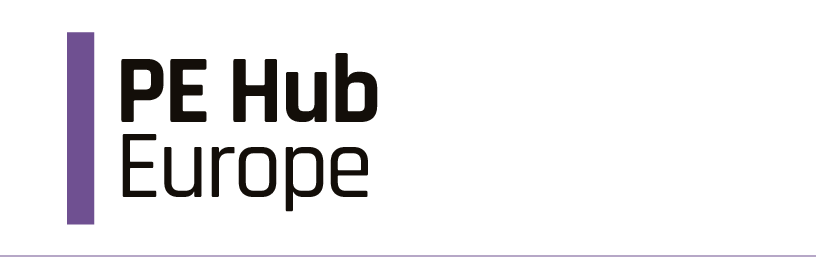Sandberg Capital’s Michal Rybovič spots wave of CEE opportunities
The CEE region’s unique history and economics make it increasingly attractive for foreign investment, according to Rybovič.
The CEE region’s unique history and economics make it increasingly attractive for foreign investment, according to Rybovič.


Copyright PEI Media
Not for publication, email or dissemination